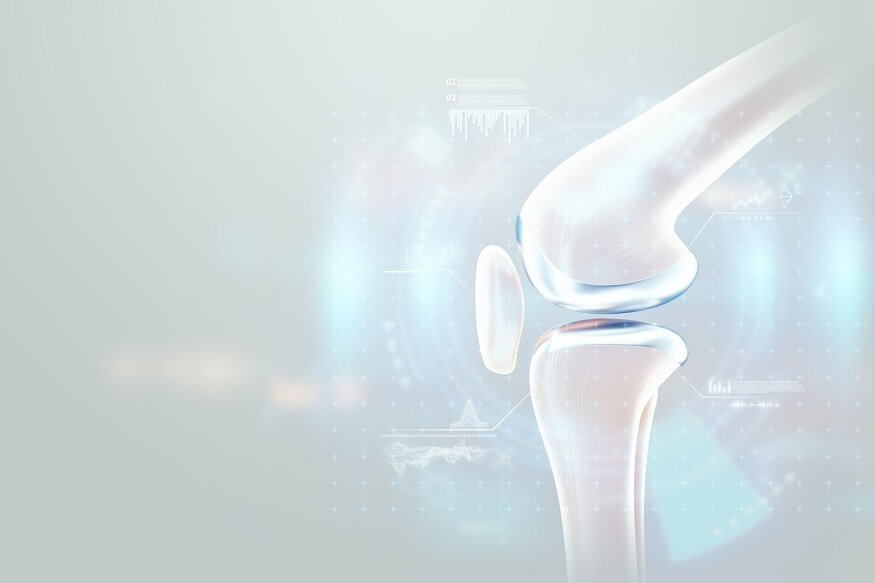As children grow, their body grows significantly, especially their bones. Paediatric bone health thus becomes an important factor to understand. The strength and health of a child’s bones can influence their future bone health significantly.
Babies start building strong bones from birth and keep doing it as they grow up. Eating the right foods is super important for this. In this blog, we will talk about how eating nutritious food makes kids’ bones stronger.
Also Read: Discover the Nutritional Benefits of Nuts for Children
Understanding Paediatric Bone Growth
Bone development begins at the foetal stage when rudimentary skeletal structures are formed. Neonates are born with approximately 270 bones, some of which fuse to form an adult skeleton composed of 206 bones.
Caregivers such as parents and teachers need to understand paediatric bone development to be able to take the necessary steps to promote healthy bone growth in children.
As is seen, bone-building and bone-breaking (remodelling) activities continue throughout childhood and adolescence, with the growth plate, or physis, playing a crucial role in bone lengthening. The growth plate helps bones get longer when children are growing. Damage or disease to these growth plates can impact bone development.
Though genes predominantly determine the peak bone mass, various external factors also influence paediatric bone growth. Nutrition is one such factor.
Health practitioners use X-rays to study the appearance and size of growth plates, which provide a clue about the child’s bone age (a measure of skeletal maturity). The expected bone age aligns with the child’s chronological age, with significant deviations indicating underlying growth disorders.
Also Read: The importance of physical education for young children
Role of Nutrition in Paediatric Bone Health
Certain nutrients are integral to the formation and maintenance of sturdy bones.
1) Calcium
Calcium is crucial for child bone development. During childhood, bones are in a constant state of growth and rebuilding. This requires sufficient amounts of calcium to ensure optimal bone density and strength. This also helps in developing healthy bones and teeth.
A deficiency of this mineral during these critical growth phases can lead to a condition known as rickets in children, characterised by bone fragility and deformity. The continued growth and reshaping of bones throughout adolescence further necessitate a consistently adequate calcium intake.
Paediatricians recommend a daily calcium intake of 700 milligrams for children aged 1-3 and 1000 milligrams for children aged 4-8. One can get calcium from foods like milk, cheese, yoghurt, green veggies, and fish.
If some kids cannot have milk, they can still get calcium from other things like special juices, certain grains, and green vegetables like spinach, kale, collard greens, and Bok choy.
They can be subtly included in smoothies or added to pasta dishes for a nutritious boost. Oranges and dried figs are also high in calcium. These fruits serve as perfect, easy-to-carry snacks that children love.
Adding nuts and seeds to meals is one way to consume calcium. Sesame seeds, chia seeds, and poppy seeds are high in calcium content. These can also be sprinkled on dishes or baked into goods. Even using sesame seed buns for burgers can help boost your child’s calcium consumption.
2) Vitamin D
Vitamin D plays a crucial role in children’s bone development. Derived mainly from exposure to sunlight, it helps in calcium and phosphate absorption, securing necessary nutrients for bone growth.
Vitamin D deficiency causes rickets in children. Hence, paediatricians often recommend 400 IU of vitamin D daily for infants and children. Without sufficient intake of vitamin D, absorption of calcium and phosphate may decrease, compromising bone strength.
Children can meet their vitamin D requirements either through diets such as oily fish, red meat, egg yolk, fortified foods, supplements, or controlled sun exposure to ensure their optimum growth and bone health.
3) Phosphorus
Phosphorus helps in making bones and teeth strong. Hence, it is important to ensure that children, specifically during their developmental years, consume an adequate amount of phosphorus for healthy growth and bone development.
Phosphorus helps to harden and give structure to bones while contributing to the creation of DNA and RNA – the body’s genetic blueprint. Parents must ensure foods rich in phosphorus, such as dairy products, meat, and fish, are included in their child’s diet.
Insufficiency of phosphorus in a child’s diet may lead to rickets.
4) Vitamin K
Vitamin K supports bone mineralization and prevents bone loss. Vitamin K helps kids’ bones grow strong and makes them less likely to fracture. Research has found lower levels of Vitamin K in children with fractures as compared to children with healthy levels of Vitamin K.
Vitamin K can be incorporated into a child’s diet through green leafy vegetables, vegetable oils, cereals, broccoli, and fish.
Supporting Child Bone Health Through Nutrition
To ensure children receive a bone-healthy diet, these strategies may be adopted:
- Regular meals and snacks which include fruits, vegetables, and calcium-rich foods.
- Encouraging outdoor activities to naturally boost Vitamin D.
- Use of fortified foods to increase nutrient intake.
- Regular health and growth check-ups.
Also Read: Practical Strategies to Kick the Habit of Food Throwing
A child’s bone health depends heavily on the nutrition they receive in their developmental stages. A nutrient-rich diet, supplemented with bone-supporting vitamins and minerals, can ensure the child does not go through bone-related health issues in adulthood.
Health professionals informed parents, and caregivers can help ensure children’s diets contain the essential nutrients required for strong bone development.










